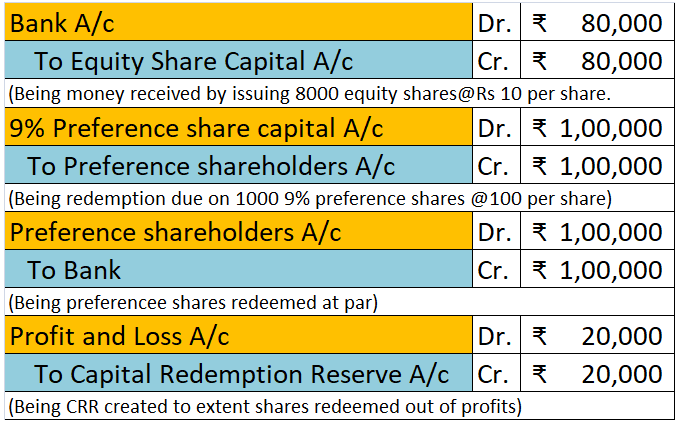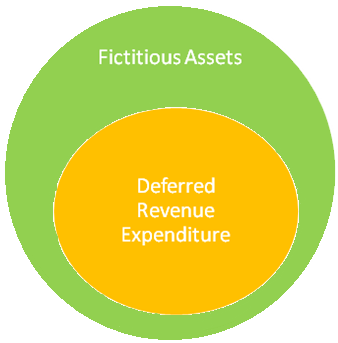A. Furniture B. Capital C. Sales D. Commission earned
Before answering your question directly, let’s first understand the two terms, ‘Rent Outstanding’ and ‘Accounting Equation’. Accounting Equation Accounting Equation depicts the relationship between the following items of a business: Assets, Liabilities and Owner’s Equity ( Capital ) It is a simple fRead more
Before answering your question directly, let’s first understand the two terms, ‘Rent Outstanding’ and ‘Accounting Equation’.
Accounting Equation
Accounting Equation depicts the relationship between the following items of a business:
- Assets,
- Liabilities and
- Owner’s Equity ( Capital )
It is a simple formula that implies that the total assets of a business are always equal to the sum of its liabilities and Owner’s Equity (Capital).
ASSETS = LIABILITIES + CAPITAL OR A = L + E
It is also known as the balance sheet equation.
This equation always holds good due to the double-entry system of accounting i.e. every event has a dual effect on items of the balance sheet.
Outstanding Rent
We know rent is an expense for a business and rent outstanding means that rent is due, not paid which implies it is a liability which the business has to settle.
Hence Rent Outstanding is subtracted from the capital balance and added to liabilities.
Let’s take an example to see how rent outstanding affects the accounting equation. Suppose a business has the following figures:
Assets – Rs: 3,00,000
Capital – Rs: 2,00,000
Liabilities – Rs: 1,00,000
Assets = Liabilities + Capital
3,00,000 = 1,00,000 + 2,00,000
Now if Rent outstanding of Rs: 20,000 arises, this will happen:-
Assets – Rs: 3,00,000
Capital – Rs: 2,00,000 – Rs: 20,000 = Rs: 2,80,000
Liabilities – Rs: 1,00,000 + Rs: 20,000 = Rs: 1,20,000
Assets = Liabilities + Capital
3,00,000 = 1,20,000 + 2,80,000.
Hence, when rent outstanding arises, it increases the liability and decreases the Capital by the same amount. Therefore both the sides tally and the accounting equations holds good.

Rent Outstanding is shown on the liabilities side of the balance sheet. Also, the rent outstanding of the current year is shown in the debit side profit and loss account and we know the balance of the P/L account if profit, is added to Capital and in case of loss it is subtracted from Capital. Hence, the rent outstanding is subtracted from the capital.
I hope my answer was useful to you.
See less




Definition Where the total of the debit side is more than the credit side therefore the difference is the debit balance and is placed credit side as “ by balance c/d “ A furniture account that is an asset has a debit balance. Debit balance may arise due to timing differences in which case income wilRead more
Definition
Where the total of the debit side is more than the credit side therefore the difference is the debit balance and is placed credit side as “ by balance c/d “
A furniture account that is an asset has a debit balance.
Debit balance may arise due to timing differences in which case income will be accrued at the year’s end to offset the debit.
The amount is shown in the record of a company s finances, by which its total debits are greater than its total credits.
The account which has debit balances are as follows:
Land, furniture, building machinery, etc
Salary, rent, insurance, etc
Bad debts, loss by fire, etc
Personal drawings of cash or assets
Balances of these accounts
The account has credit balances as follows:
Creditors, bills payable, etc
Salary received, interest received, etc
Dividends, interest, etc
Partners Capital
Here are some examples showing the debit balances and credit balances of the accounts :

See less